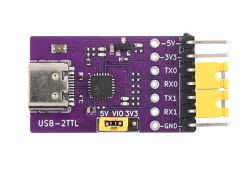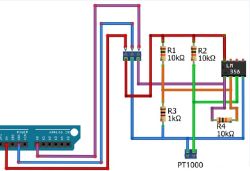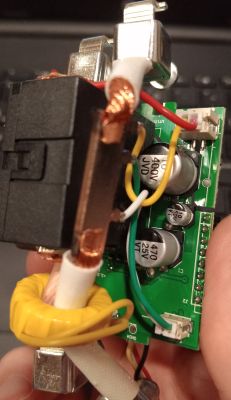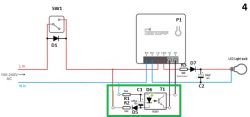>>20894879
Unfortunately the mini relay was too big to fit between my wall and switch so I haven’t been able to use the new version.
But I have moved the fusible resistor near the capacitor as on the new version and that reduced a lot the amount of power that it consumes so it will not burn by normal use.
Ps: some aliexpress modules like the aubess mini 16a have a little free space inside and some gpio ports unused, therefore it’s possible to fit the optocoupler part of the original design inside the module case (with the capacitor, diodes and resistors, but they must be soldered one to each other without a pcb so they fit in the least space possible). That allows very compact designs, just the diode on the switch, and just the module on the lamp (and the 400v capacitor with its diode and resistor if required by the lamp).







